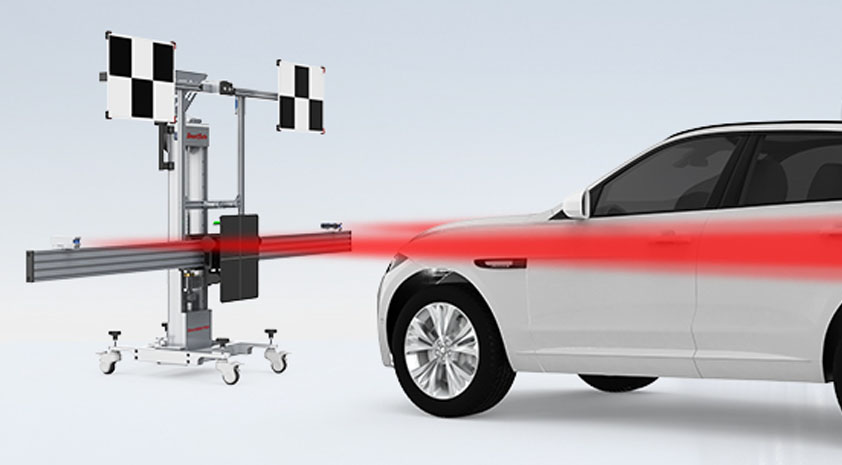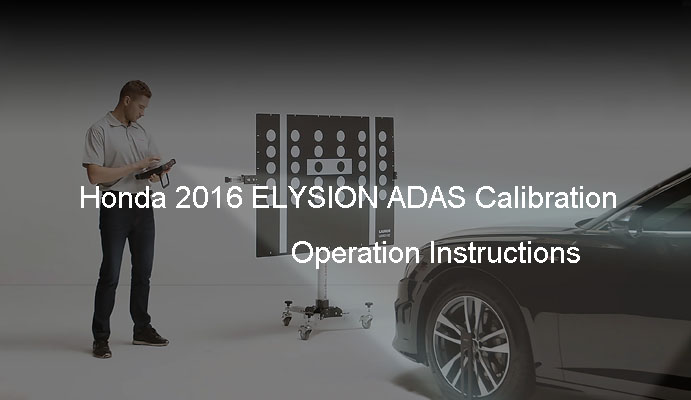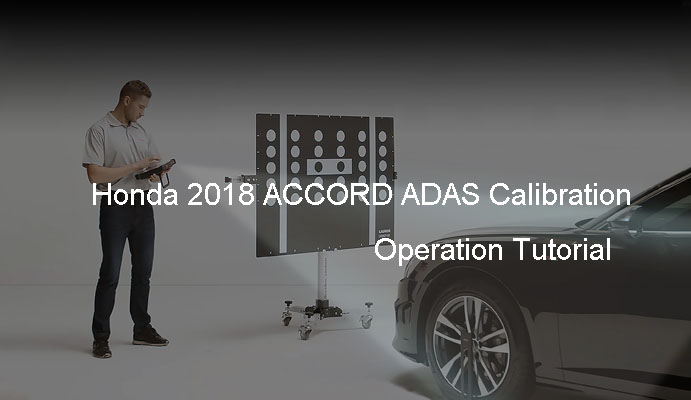Honda has adopted advanced ADAS (Advanced Driving Assistance System) technology in its models to provide drivers with a variety of safety and driving assistance functions. These features are designed to increase driving safety and comfort and help reduce the risk of traffic accidents. The following is a detailed introduction to the ADAS functions of Honda:
① Collision warning and automatic emergency braking system: Honda's ADAS system is equipped with a forward collision warning system that can monitor vehicles and obstacles ahead through sensors and provide alerts in the event of a possible collision. Automatic Emergency Braking can automatically slow down or come to a complete stop to help avoid or reduce the severity of a collision.
② Lane Keeping Assist System: Honda's Lane Keeping Assist System can monitor the vehicle's position in the lane and provide warnings or slight steering adjustments without the driver being aware of it to keep the vehicle in the correct lane.
③ Adaptive cruise control: This function allows the vehicle to automatically adjust its speed based on the speed and distance of the vehicle ahead to maintain a safe distance between vehicles. The system automatically slows down or stops when the vehicle ahead slows down or stops, and automatically accelerates when the vehicle moves away from the vehicle ahead.
④ Traffic sign recognition: Honda's ADAS system can recognize traffic signs and display relevant traffic information, such as speed limit signs, prohibition signs and warning signs, on the vehicle dashboard to remind drivers to pay attention to traffic signs and rules on the road.
⑤ Blind spot monitoring system: This function can monitor the blind spot areas on the sides and rear of the vehicle and provide warnings or indicators to help the driver change lanes or turn safely.
⑥ Traffic jam assist system: This system can automatically follow cars, maintain an appropriate distance between cars, and automatically slow down or stop based on traffic congestion, providing a more relaxed urban driving experience.

Honda's ADAS calibration process is a critical step in ensuring that a vehicle's advanced driver assistance systems are properly configured and calibrated to the manufacturer's requirements and precise standards. The following is the general process of Honda ADAS calibration:
① Vehicle preparation: Make sure the vehicle is in a safe working environment and that there are no objects or other obstacles around it that may interfere with the calibration process.
② Calibration equipment preparation: Use professional calibration equipment and tools, including calibration plates, laser instruments, camera calibration tools, etc., to ensure the accuracy and accuracy of calibration. Calibration equipment needs to be calibrated to ensure its accuracy and reliability.
③ Start the calibration procedure: Start the calibration procedure according to Honda's ADAS calibration procedure guide. This may involve entering a specific vehicle calibration mode and following a specific sequence and steps for the calibration process.
④ Sensor calibration: Calibrate various sensors of the vehicle, including radar sensors, camera sensors and ultrasonic sensors. This ensures that these sensors can accurately identify and measure the environment around the vehicle and provide precise reactions and decisions based on actual conditions.
⑤ Camera calibration: Calibrate the camera system installed on the vehicle to ensure that it accurately recognizes road signs, lane lines and other key information. This includes adjusting the camera's angle, focus, and exposure to ensure the camera's field of view and accuracy meet the manufacturer's specifications.
⑥ System testing and adjustment: After completing the calibration, perform system testing and adjustment to ensure that the functions of the ADAS system operate normally and can adapt to different driving scenarios and environmental conditions. This includes thorough testing and evaluation of the system's responsiveness, accuracy and consistency.
⑦ Calibration report and records: Finally, generate a calibration report and record the details and results of the calibration process. These records are important for future maintenance and troubleshooting and also help ensure calibration meets the manufacturer's recommendations and requirements.
Regarding the Honda ADAS calibration process, you can view the following content for more cases:
1. Honda 2018 ACCORD ADAS Calibration Operation Tutorial
2. HONDA 2016 ELYSION ADAS Calibration Instructions----Auto Multi Camera Aiming
3. Honda 2016 ELYSION ADAS Calibration Operation Instructions
Although Honda's ADAS technology has made significant progress in improving driving safety and comfort, it may face some challenges in future development. The following are challenges that Honda’s ADAS technology may face:
① Technology updates and upgrades: With the continuous development of technology, Honda needs to continuously update and upgrade its ADAS technology to adapt to the changing road environment and safety standards. This may require continued R&D investment and technology updates to ensure that its ADAS systems stay ahead of the curve and adapt to future driving needs.
② Technical standards and compliance requirements: ADAS technology involves complex technical standards and regulatory requirements, including safety standards, communication standards and international compliance requirements. Honda need to continuously track and comply with these standards and requirements to ensure that their ADAS systems comply with regulations and safety standards worldwide.
③ Compatibility with other vehicles and infrastructure: With the development of intelligent transportation systems, Honda needs to ensure the compatibility of its ADAS technology with other vehicles and transportation infrastructure. This requires collaboration with other car manufacturers and road authorities to develop industry standards and promote interoperability and sharing of systems.
④ Data security and privacy protection: As the collection and analysis of vehicle and driver data become more and more common, protecting data security and privacy has become an important challenge. Honda needs to take effective measures to ensure that drivers’ personal privacy is not violated and vehicle data is protected from unauthorized access and exploitation.
Return


